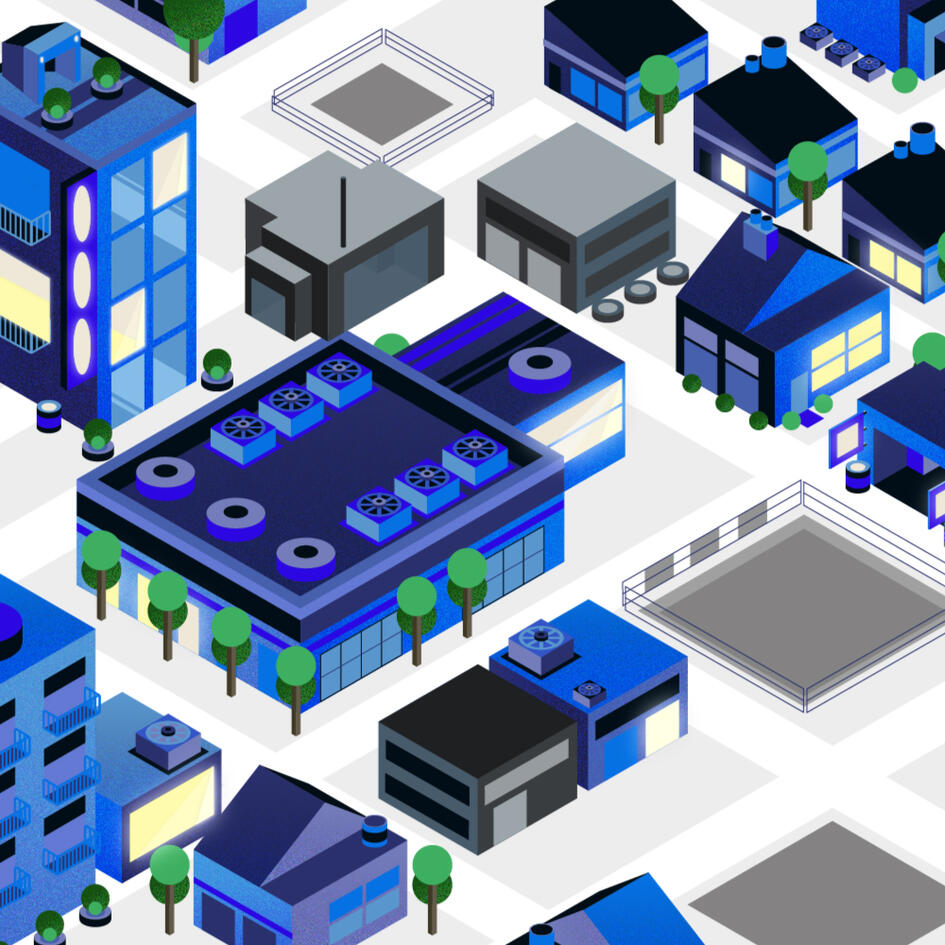
Brownfield 101
The basics of brownfield real estate
No jargon. No acronyms. Introductory concepts.Learn how a brownfield is created and redeveloped through the lens of a city block.
Introduction
My personal goal is to take something complicated and seemingly inaccessible and share it with you in a way that helps you speak the language of this particular type of real estate development.After we take this holistic look at a brownfield real estate projects you should be able to:1. Understand the foundational elements of any brownfield deal
2. Begin to understand the interplay between the major players in a brownfield deal
3. Have confidence to get more involved in your communities discussion surrounding these types of projects.
The beginning
A Green Field

Every real estate project needs land. Generations ago this land was green. Nothing had been built or developed yet.
Development Starts

People see opportunity. People stay. People build businesses, homes, and infrastructure.As things get built, decisions are made. Where do the roads go? How much water? How much power?
Development Continues
People keep coming. Things are good.
Kids are taught. The laundry is cleaned. Cars are repaired.Time passes.
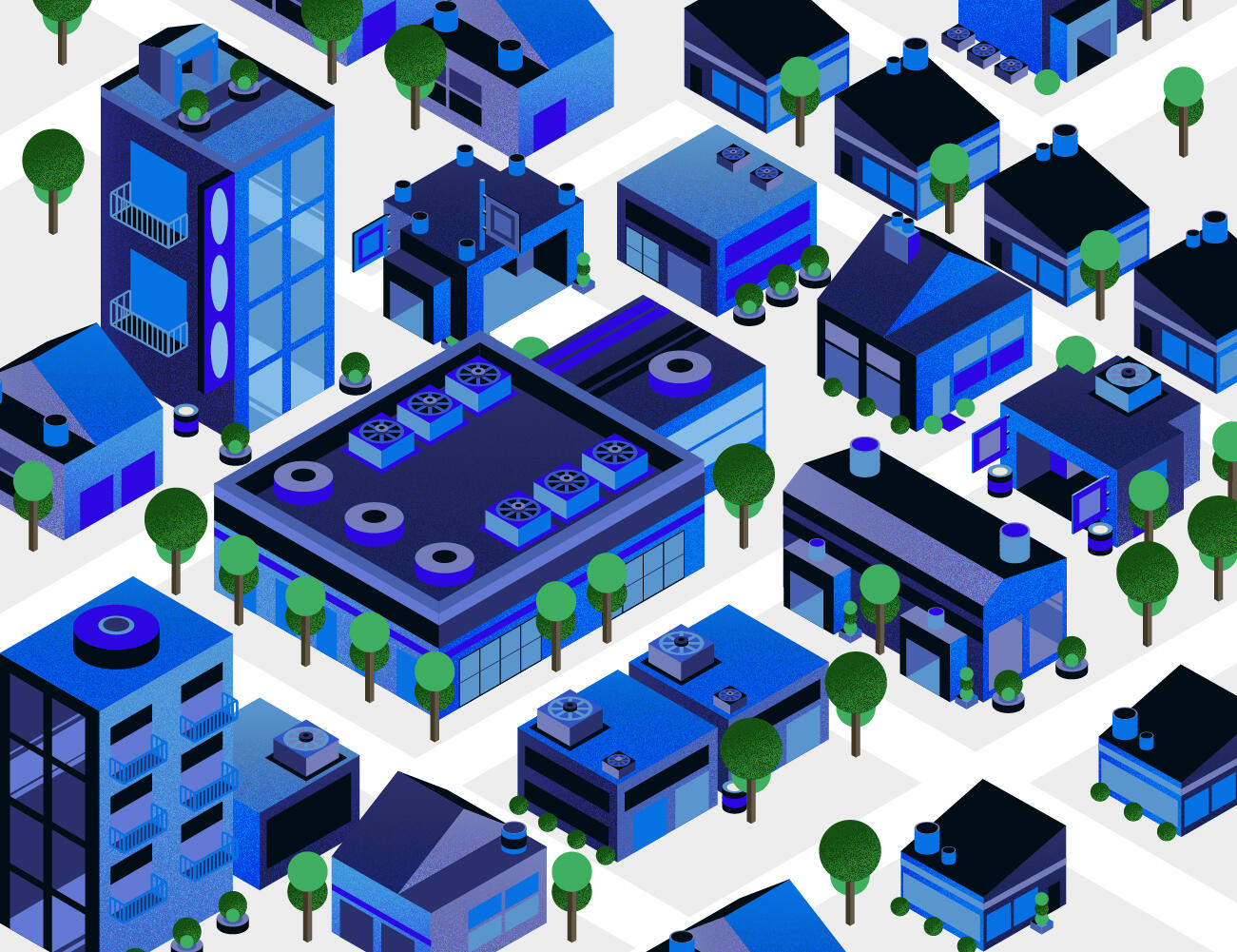
The Developer's Perspective
A Dilemma
Now, like before, someone wants to live here or do business. But they have a problem.This land was developed and used by generations before.All these decisions were made. But the economy has changed. People have moved. Time has passed. Things are different.A developer wonders, "How can I make my project work here?"
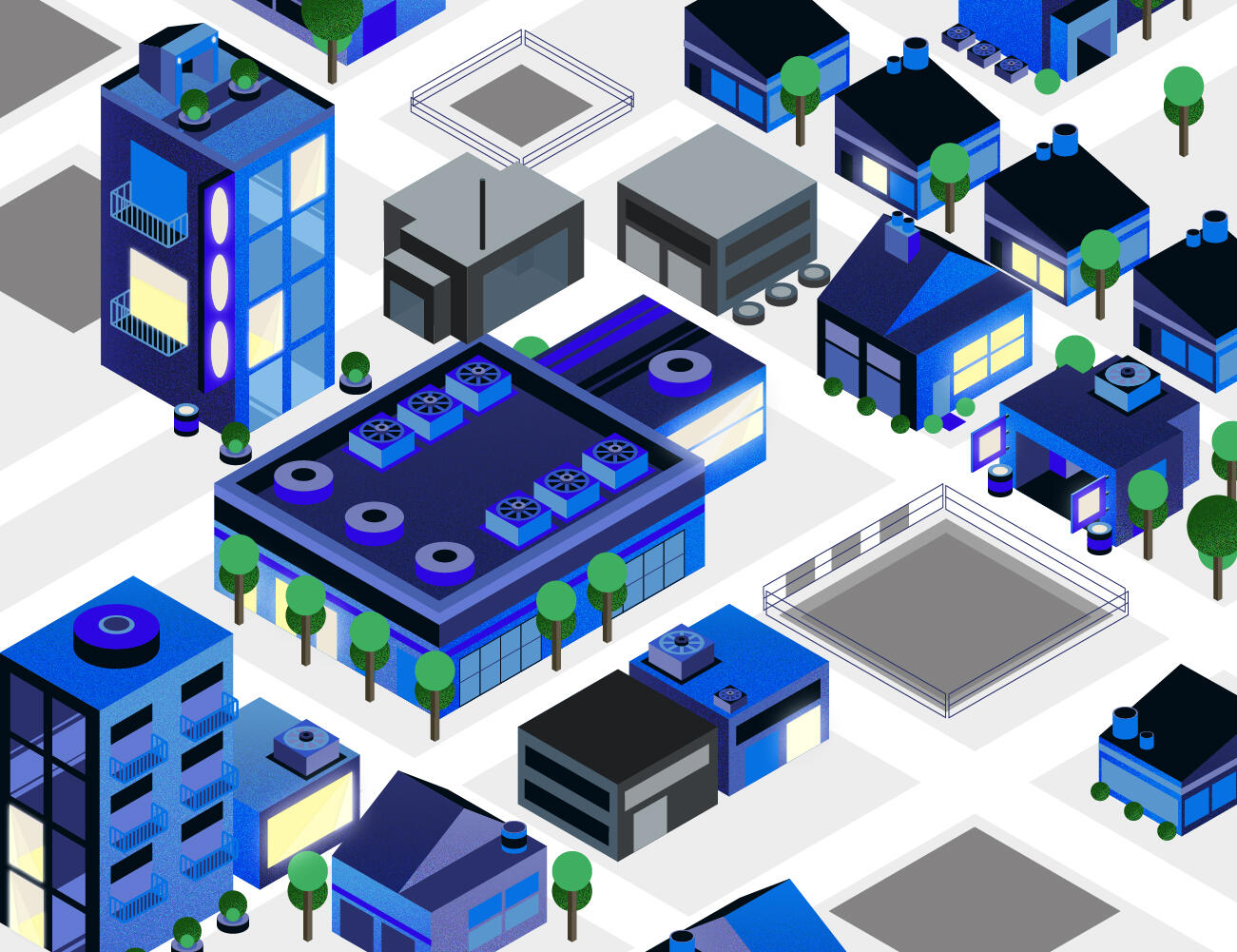
Green or Brown?
What was once a greenfield is now a brownfield. To develop a brownfield, additional work must be done. Careful demolition of harmful materials. Infrastructure improved. Building standards increased.For someone who wants to put a project together, they have a choice: do the extra work? Or look for a greenfield of their own?Why would a developer choose a brownfield over a greenfield?
The Community's Perspective
"Developers Wanted"
Neighbors, citizens, and officials would love to see new life in their community. But what can they do?How can they balance the scale so that the extra costs to rebuild the site don’t cause a developer to look elsewhere?How can a community get a developer to take on the extra responsibility that can also benefit the community?
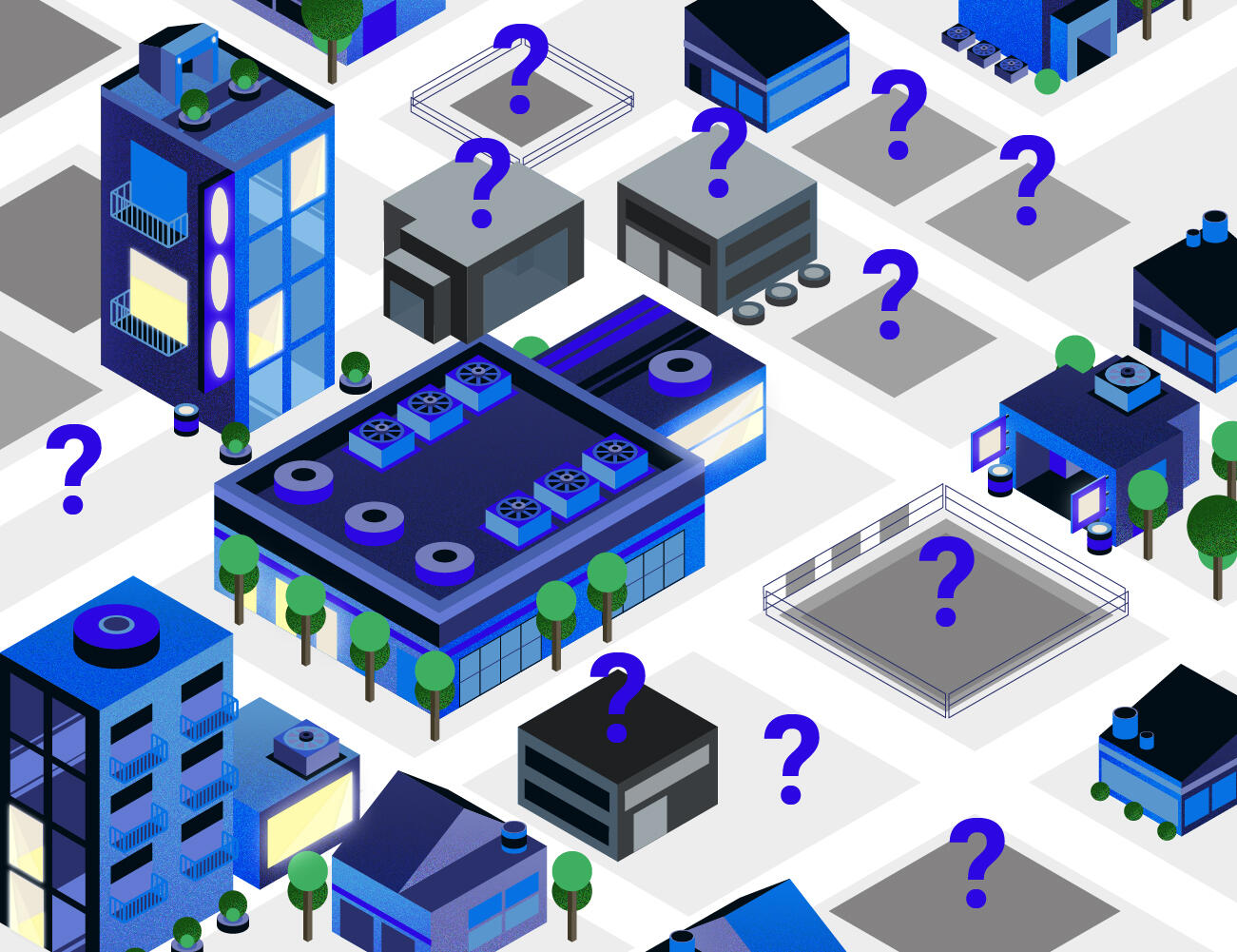
An opportunity
Tax Increment Financing
Every property has an existing tax value - the taxes that the current owner is paying to the city.If a new project is being considered, there is an estimation of what the new higher tax revenue will be.That difference is the “increment”.
In this case, $$$$ - $ = $$$
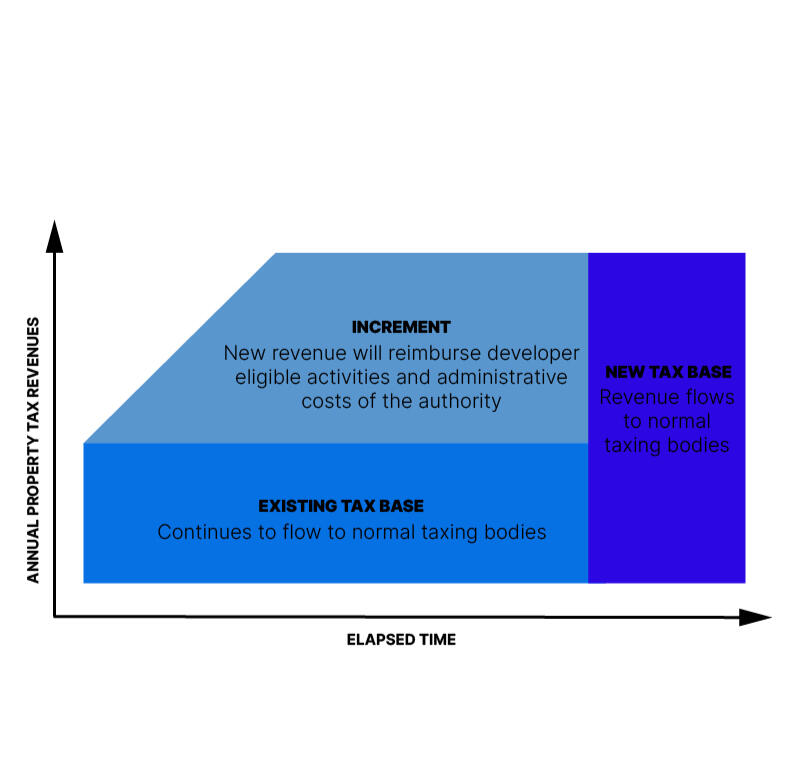
This gives the community a choice.Does the community keep the newly generated tax revenue for itself?OR...Does the community choose to pay some of that newly generated revenue back to the developer?
An Informed Choice
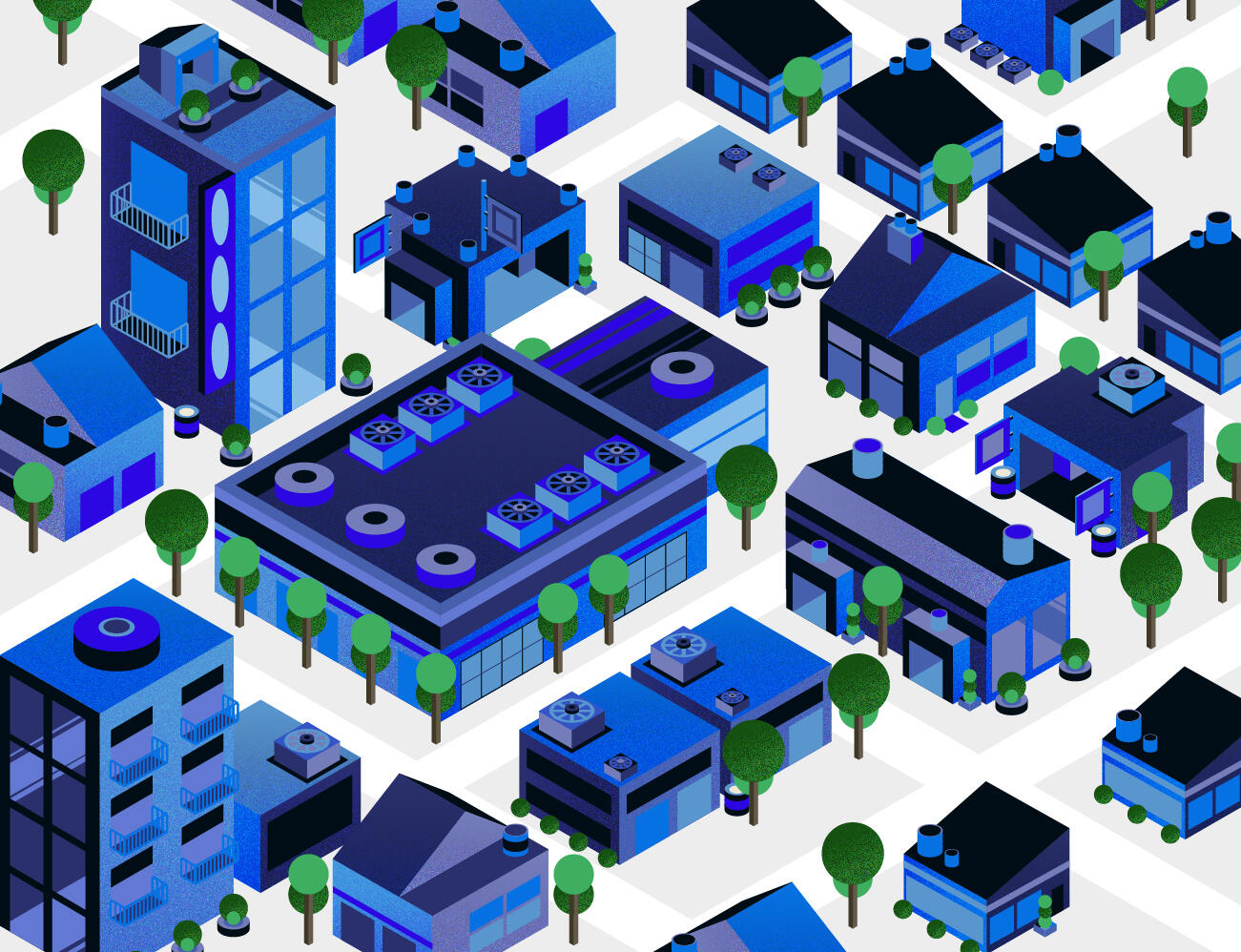
A community doesn’t want to give away all its new tax revenue for nothing in return.In exchange for paying back some of the newly generated tax revenue, maybe the community can pay to have some specific work done:
1. Let’s help the new developer clean up an old mess?
2. Let’s improve things for the public?In theory, this helps the community clean up an old project. It keeps the development in town rather than looking for a greenfield elsewhere.Then, maybe, it raises the property values of adjacent properties. In a perfect world, the new activity attracts other development to the area.
Ask me Anything
Brownfield 101 GPT
I created at GPT leveraging OpenAI's API training it on some of the concepts discussed here as well as the State of Michigan Act 381 and SB 129. If you have a question about Brownfield's in the state of Michigan this is great place to start.
CHAT (You will need ChatGPT+ to Access)
Learn More
Read
Watch
Listen
The creators of this page have a podcast, Patterns of Development, that discusses real estate development, architecture, and urban planning.
Talk to a Human

